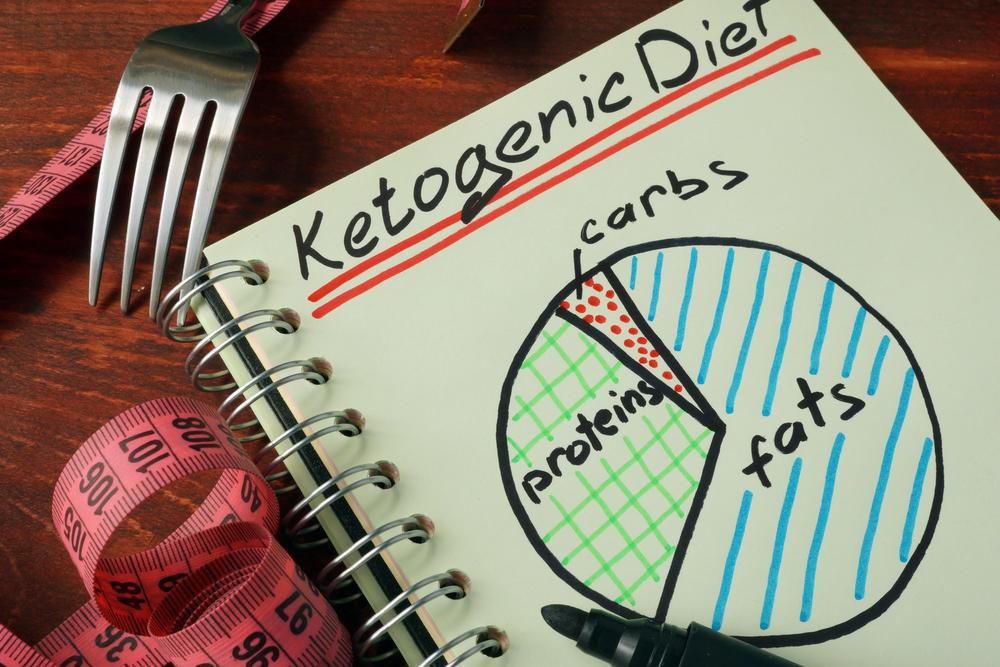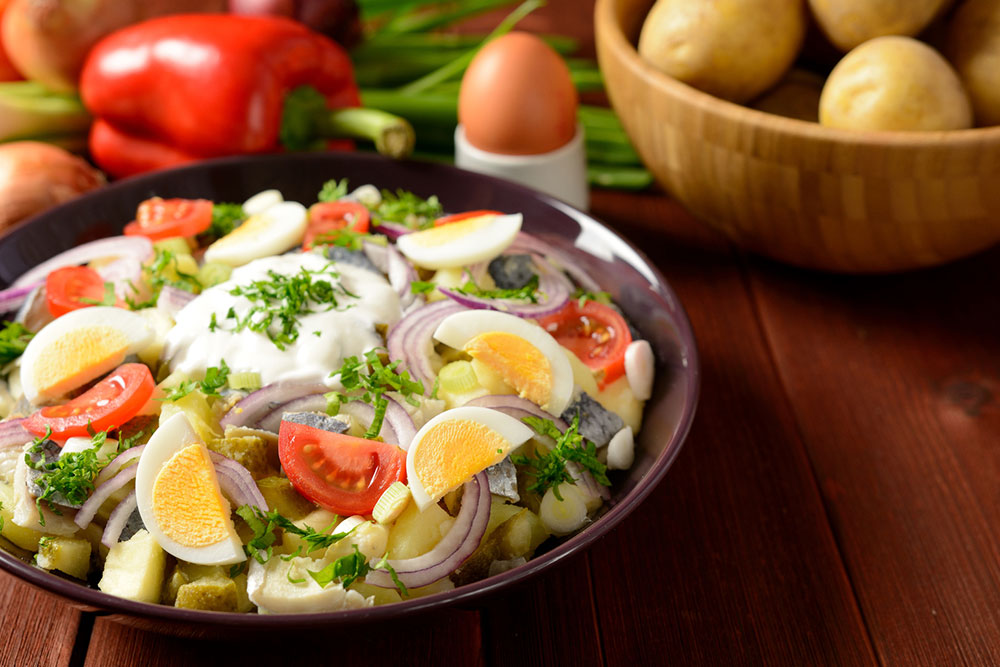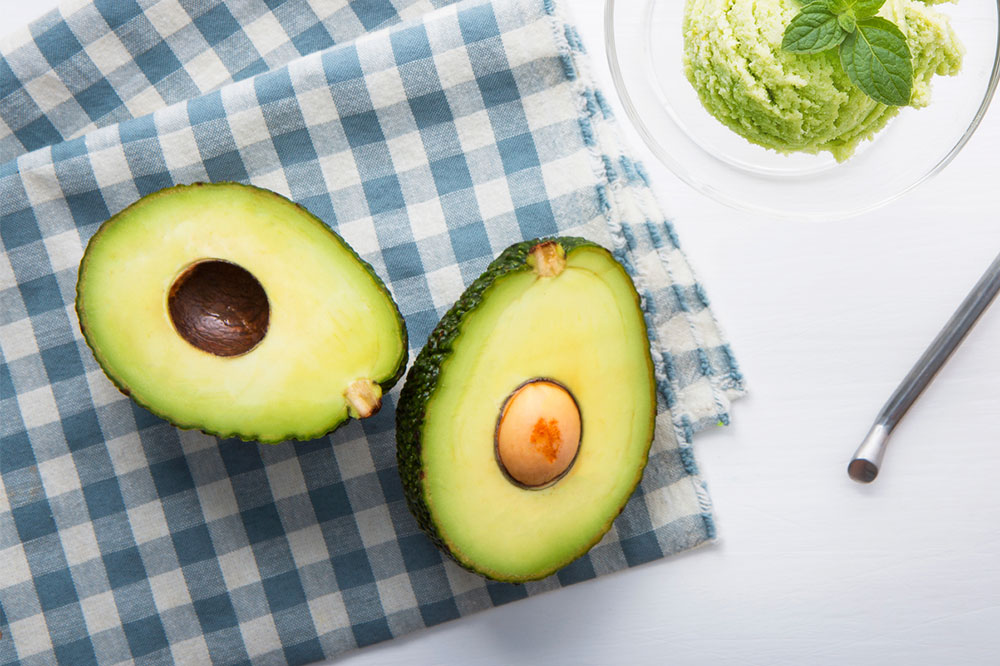Managing Fatty Liver with a Low-Carb Ketogenic Eating Plan
Discover how a ketogenic diet can support fatty liver management by promoting fat metabolism through ketosis. Learn about the proper way to start, food choices, and tips for effective weight and health control. This low-carb approach emphasizes natural foods and manageable meal planning for sustainable results.

Managing Fatty Liver with a Low-Carb Ketogenic Eating Plan
A ketogenic diet aims to shift the body's metabolism into a state known as ketosis. Ketosis occurs when the body starts breaking down stored fat for energy due to limited glucose availability. This process leads to an increase in ketone bodies, acidic compounds produced during fat metabolism.
Being a low-carb diet, the ketogenic approach differs from standard low-carb plans mainly in the specific amount of carbs and proteins permitted daily.
Typically, 60-65% of daily calories come from fats, 30-35% from proteins, and the remaining from carbohydrates.
This diet helps curb hunger cues. Notably, fats in moderation do not significantly impact insulin or blood sugar levels. Conversely, consuming excess protein can lead to its conversion into glucose, which may elevate insulin and hinder fat burning.
How to Begin a Ketogenic Diet
Start by doing thorough research. Obtain comprehensive resources or guides explaining the mechanics of ketosis. Since this diet profoundly alters metabolism, understanding the effects of reducing carbohydrate intake is essential.
A carb counting guide can be very beneficial for tracking daily intake. Properly adhering to the ketogenic plan is crucial for success.
When selecting packaged foods, check serving sizes carefully. For example, if yogurt lists 15 carbs per serving and there are two servings, the total carb intake is 30 grams.
Low-carb vegetables such as bell peppers, broccoli, cucumbers, cabbage, cauliflower, sprouts, and summer squash are excellent choices. Leafy greens like spinach and kale are nutritious superfoods suitable for the diet. Adding flavor with onions and garlic is also recommended.
A ketogenic diet is flexible, relying on readily available foods in their natural form. No specialized ingredients are required apart from common vegetables and foods.










